Explore the different man-made and natural heat sources with this sorting activity.
Is it a Man-Made or Natural Heat Source?
When learning about heat (thermal) energy, it is important for kids to learn about the different man-made and natural heat sources to enhance their awareness of the world around them and foster a deeper connection to their environment. Knowledge of man-made sources, such as stoves, heaters, and engines, empowers children to make informed decisions about energy use and safety. Additionally, exploring natural heat sources, including the sun, geothermal energy, and volcanic activity, instills an appreciation for the Earth’s dynamic processes and the sustainable energy options available.
This sorting activity has been created by a teacher to help students navigate the world of heat energy and the difference between man-made and natural heat.
How to Use This Sorting Activity in the Classroom
- Begin the lesson with a brief discussion about heat sources. Talk about what heat is and mention that it can come from both natural processes and human-made objects.
- Engage the students in a brainstorming session to generate a list of heat sources. Record their responses on the board or a flipchart. Encourage them to think broadly, considering sources inside and outside the classroom.
- Explain the difference between man-made and natural heat sources. Emphasize that humans create man-made sources, while natural sources occur in the environment without human intervention.
- Using this set of sorting cards place them at different stations around the room. Provide each group with sorting mats and instruct them to categorise each heat source accordingly.
- At the end have a discussion about objects the group were unsure about.
Download and Sort Today!
Use the dropdown menu to choose between the easy-to-print PDF or the editable Google Slide version of this resource.
This resource was created by Lindsey Phillips, a Teach Starter collaborator.
More Thermal Energy Resources
Looking for more resources to add to your science lessons? We have you covered…
[resource:5023039] [resource:5032508] [resource:2022398]
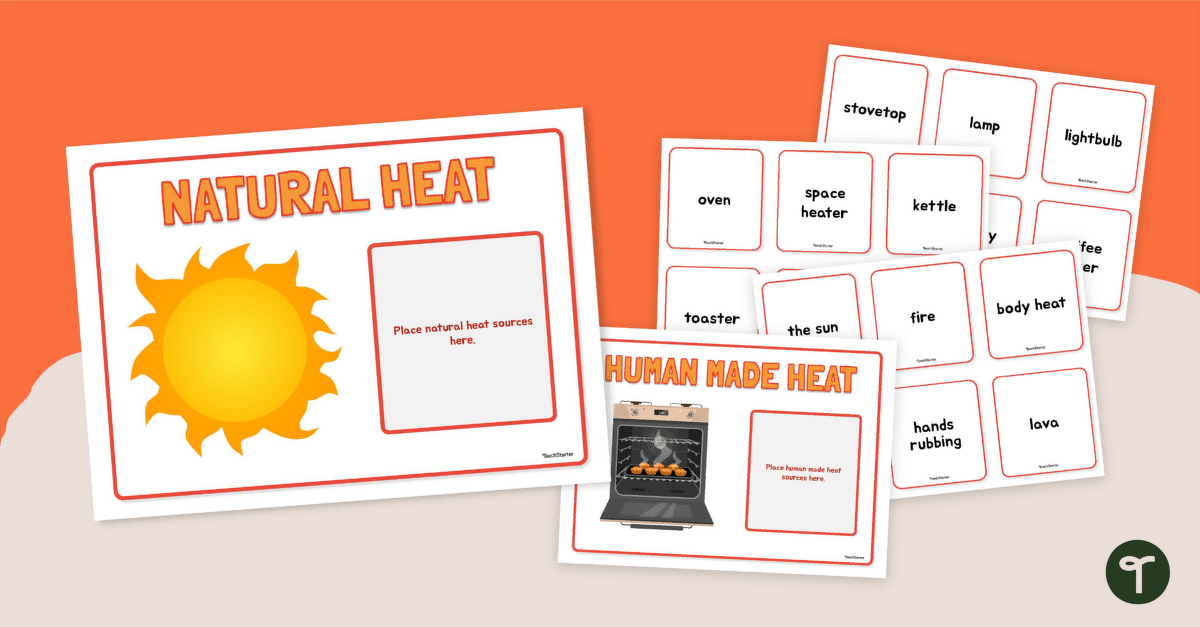


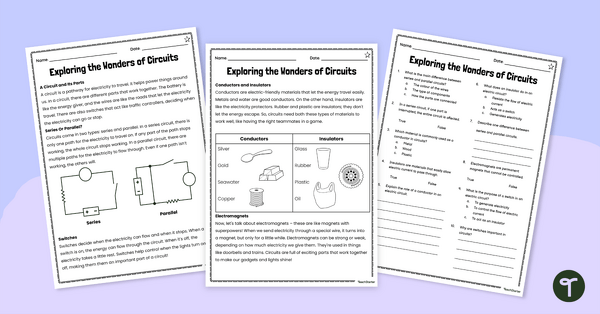



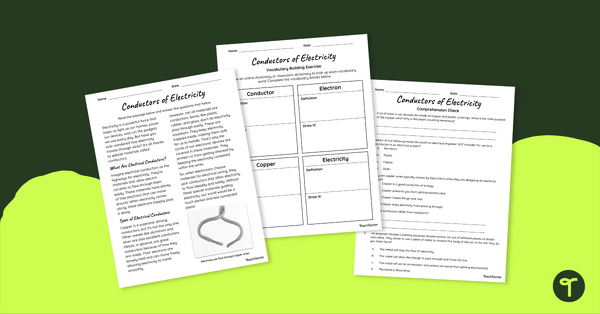
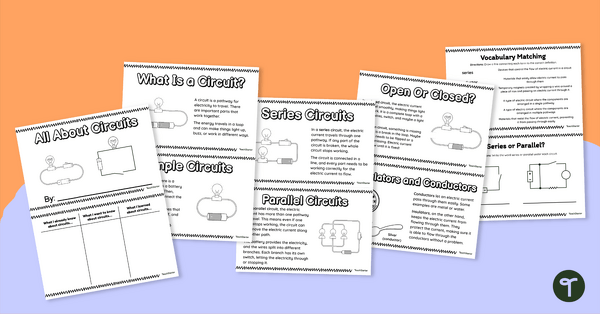
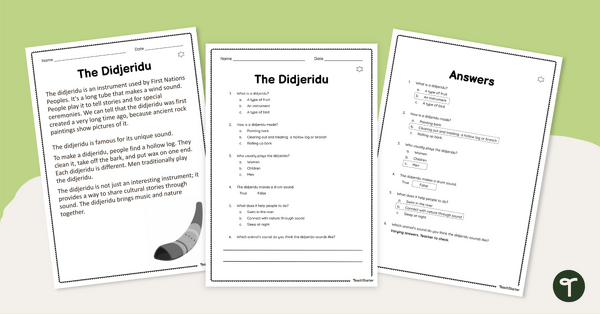
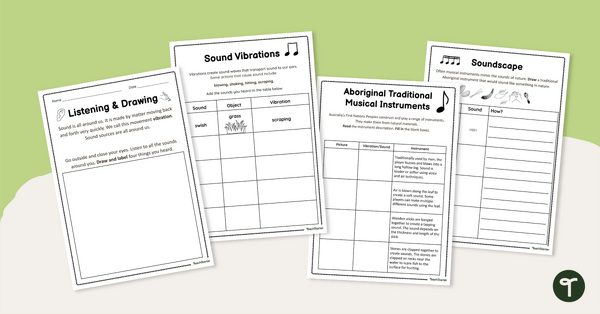
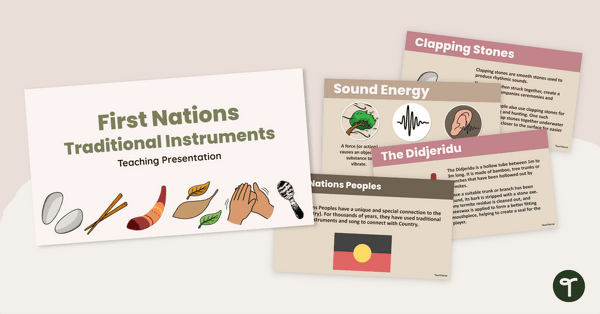
0 Comments
Write a review to help other teachers and parents like yourself. If you'd like to request a change to this resource, or report an error, select the corresponding tab above.